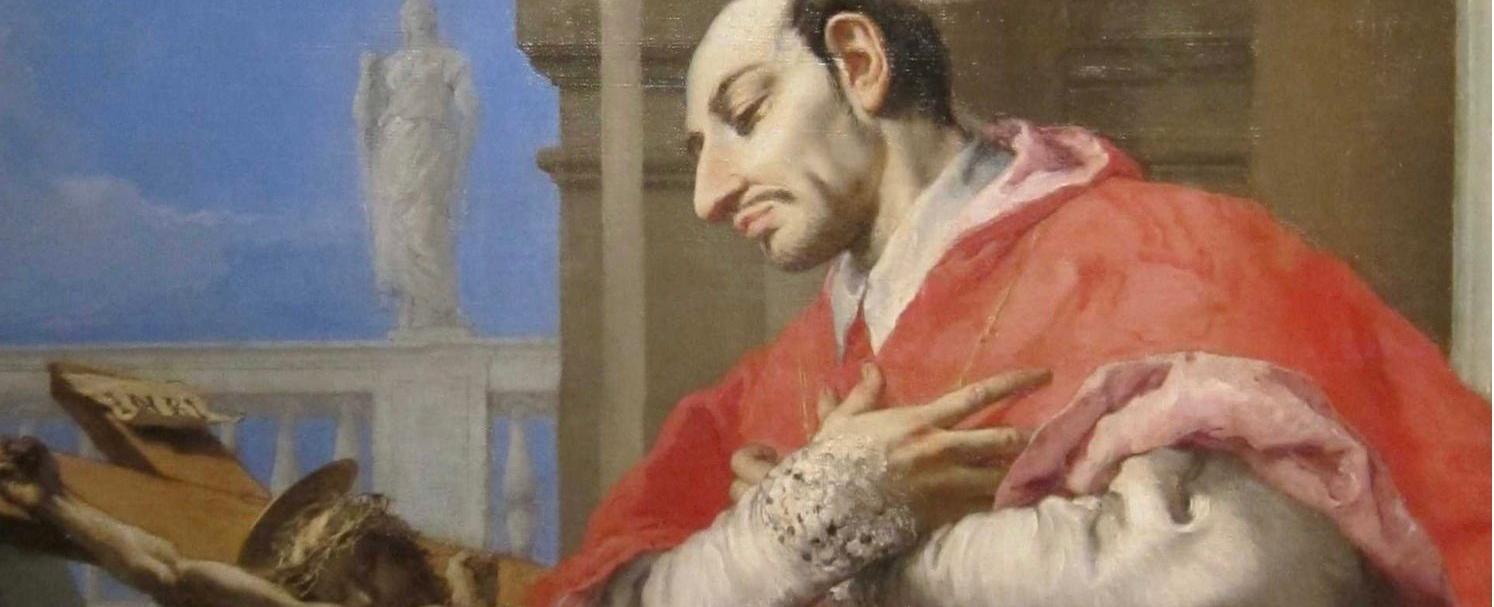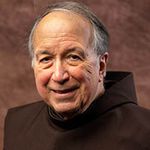St. Charles Borromeo: Reformer of the Church by Example

On November 4, the Church celebrates the memory of St. Charles Borromeo, a great pastoral theologian and one of the outstanding figures of the Catholic Reformation. He was a Secular Franciscan.
Early years
Charles was born in 1538 into one of the most prominent aristocratic families of Lombardy, in their castle at Arona on Lago Maggiore. He was a reserved, serious boy who suffered from a speech impediment, which caused some to disregard his significant intellectual abilities. As a second son, his devout family had no objection to his desire to pursue a clerical vocation.

The castle of Angera, province of Varese, Lombardy, Italy -- ancestral home of the Borromeo family. The neighboring Arona Castle, Charles' birthplace, was destroyed during the Napoleonic Wars and never rebuilt.
In 1559, Borromeo had just completed his doctorate in theology when he learned his mother’s brother, Gianangelo de Medici, was elected Pope Pius IV. Early the next year, although Charles was still a layman in minor orders, his uncle made him a cardinal and administrator of the huge archdiocese of Milan, and soon saddled him with a number of other responsibilities in the Roman Curia, such as Secretary of State and Protector of the Franciscan Order.

St Charles by Giovanni Ambrosio Figino (+ 1608). His cousin, Federico Borromeo considered this the most lifelike portrait (Biblioteca Ambrosiana, Milan).
Shortly after his election, Pope Pius announced his intention to reconvene the Council of Trent, which had been suspended since 1552. The idea fired Charles’ imagination and he worked tirelessly on it behind the scenes for two years (1562-63). Besides steering Council discussions, two areas in which he was very active personally were the drafting of the Catechism and the reform of the liturgy. The untimely death of his elder brother during the Council brought Charles to a definite decision to surrender the title of count and be ordained a priest at the age of 25 -- and shortly afterward bishop.
Reform of the Church by example
Eventually, in 1566, Borromeo was allowed to devote his time to the Archdiocese of Milan, where conditions had stagnated for years. Reform was needed in every aspect of Catholic life among both clergy and laity. This was initiated at a provincial council of all the bishops under him. Specific regulations were drawn up for bishops and other clergy: if the people were to be converted to a better life, Charles believed the clergy had to be the first to give example. One of his regulations was the confessional "box." To protect women from solicitation, a grille was installed to assure privacy for penitents.

Charles Borromeo ministering to victims of the plague of 1576 (Pierre Mignard, c. 1665, Wellcome Collection, London).
Charles took the initiative in providing an example. He allotted most of his income to charity, eschewed all luxury, and imposed severe penances upon himself. He sacrificed his wealth to become poor. During the great plague of 1576, Borromeo tried to feed 60,000 to 70,000 people daily. He used up his own funds and went into debt to provide food for the hungry. Whereas the civil authorities fled at the height of the plague, he remained in the city, where he ministered to the sick and the dying, helping those in want.
Early death, quick canonization
Work and the heavy burdens of his high office began to affect Archbishop Borromeo’s health, leading to his death in November 1584 at the age of 46. Popular devotion to him arose quickly: the Milanese celebrated his anniversary as though he were already a saint. Charles Borromeo was canonized on November 1, 1610. He is the patron saint of bishops and catechists.

The heart of St Charles is contained in this shrine at the church of San Carlo al Corso, in Rome.
Dominic Monti, OFM
Professor of Franciscan Research in the Franciscan Institute of St. Bonaventure University
Dominic V. Monti, OFM, is a Franciscan Friar of Holy Name Province (USA) and currently professor of Franciscan Research in the Franciscan Institute of St. Bonaventure University. He devoted the greater part of his ministry to teaching the History of Christianity, in particular the history of the Franciscan movement. He has contributed two volumes to the Works of St. Bonaventure series and is author of Francis & His Brothers, a popular history of the Friars Minor.

